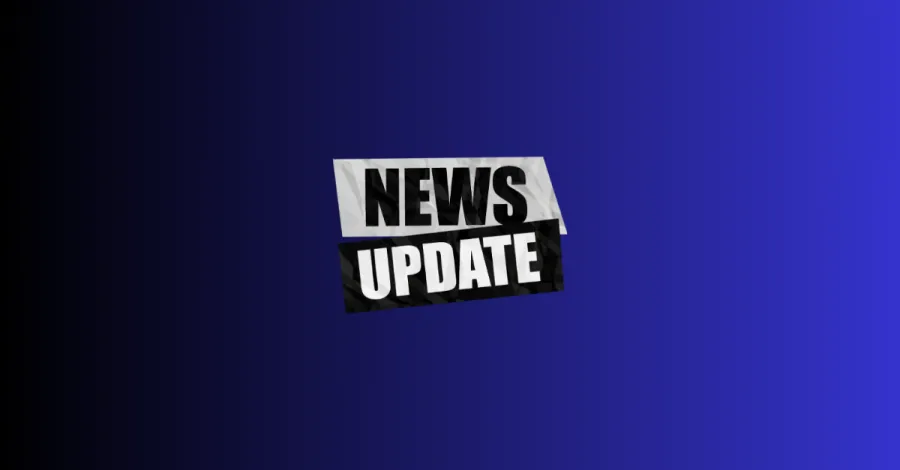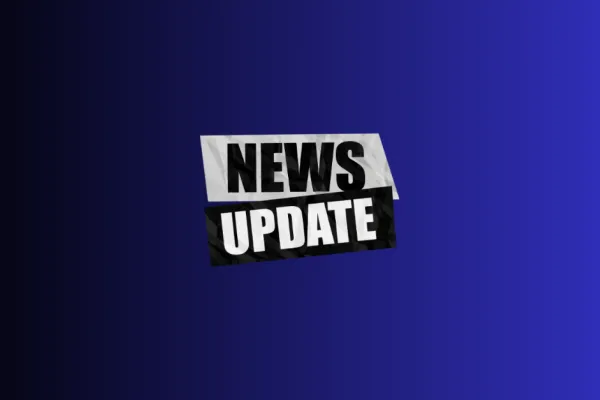Universal broadband access: mission accomplished?

Using metrics such as the Federal Communications Commission’s definition of high speed Internet (200kbps, barely fast enough to stream a video) and the FCC version of access (just one person with access in an entire zip code), a new study has optimistically determined that President Bush’s promise of universal high speed Internet by 2007 has almost been reached.
Where to begin? This study, prepared by the National Telecommunications and Information Administration, is at best gravely misleading. It paints a rosy picture, but the fact remains that millions of Americans, especially in poorer and rural areas, do not have access to high speed Internet. Even using widely derided metrics, the NTIA can only claim that the goal of universal access was “mostly” achieved.
Overstating high speed Internet access helps the Bush administration claim that they have achieved their goal of universal high speed access by 2007, but it does a disservice to the American people. This report downplays the urgency to improve high speed access to the millions of Americans who are forced to use dial up and slow connections.
The United States lags far behind most other industrialized nations when it comes to high speed. The Speed Matters blog recently covered the Organization for Economic Cooperation and Development’s high speed Internet rankings:
Just 22.1 percent of Americans have high speed connections, compared to more than 34 percent in Denmark, the top-ranked country.
The U.S. fares no better when it comes to the speed of Internet connections and the growth of high speed Internet access, coming in 19th place in both categories, behind nations like New Zealand, Portugal, and Luxembourg.
Furthermore, the collection methods used to produce the data presented in the optimistic NTIA study cannot provide a sufficiently detailed look at high speed Internet deployment.
Recently, the Pew Internet & American Life Project released a report titled “Measuring Broadband: Improving Communications Policymaking through Better Data Collection,” which found that actual progress on universal high speed Internet is impossible until improved data is available on current deployment. A background memo released in conjunction with the report explained;
[W]hether the goal is assessing economic impacts or understanding user behavior, data must be collected at the smallest geographic levels possible -- smaller than areas captured by 5 digit zip codes. This would permit state and local officials to better understand the impacts of information technology in their areas.
Additionally, recommendations made in the Pew report to improve data collection policy were not adopted in the research for this study.
The recommendations were as follows
1. Collection of data should be at a sufficiently fine-grained level to permit regional analysis of the impacts of communication technology.
2. The United States should be able to produce a map showing the availability of infrastructure in the country.
3. Academic researchers, non-profit organizations, the government, and the private sector must work collaboratively to gather data that permits assessment of quality of service and the user experience.
While it’s good that the NTIA is at least addressing the issue, their study misses the mark. The United States is in desperate need of a universal high speed Internet policy, and despite studies that paint a rosy picture we have a long way to go before universal access is achieved.
Study: US Broadband Goal Nearly Reached (AP)
New Pew Internet report outlines high speed Internet data problems (Speed Matters)
Poor showing for U.S. in latest high speed rankings (Speed Matters)
Broadband Brigade members turn out to protect good, union jobs and reliable broadband service
CWA condemns Trump NTIA changes to BEAD funding policies

